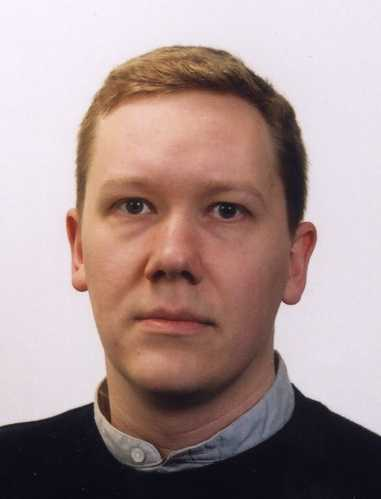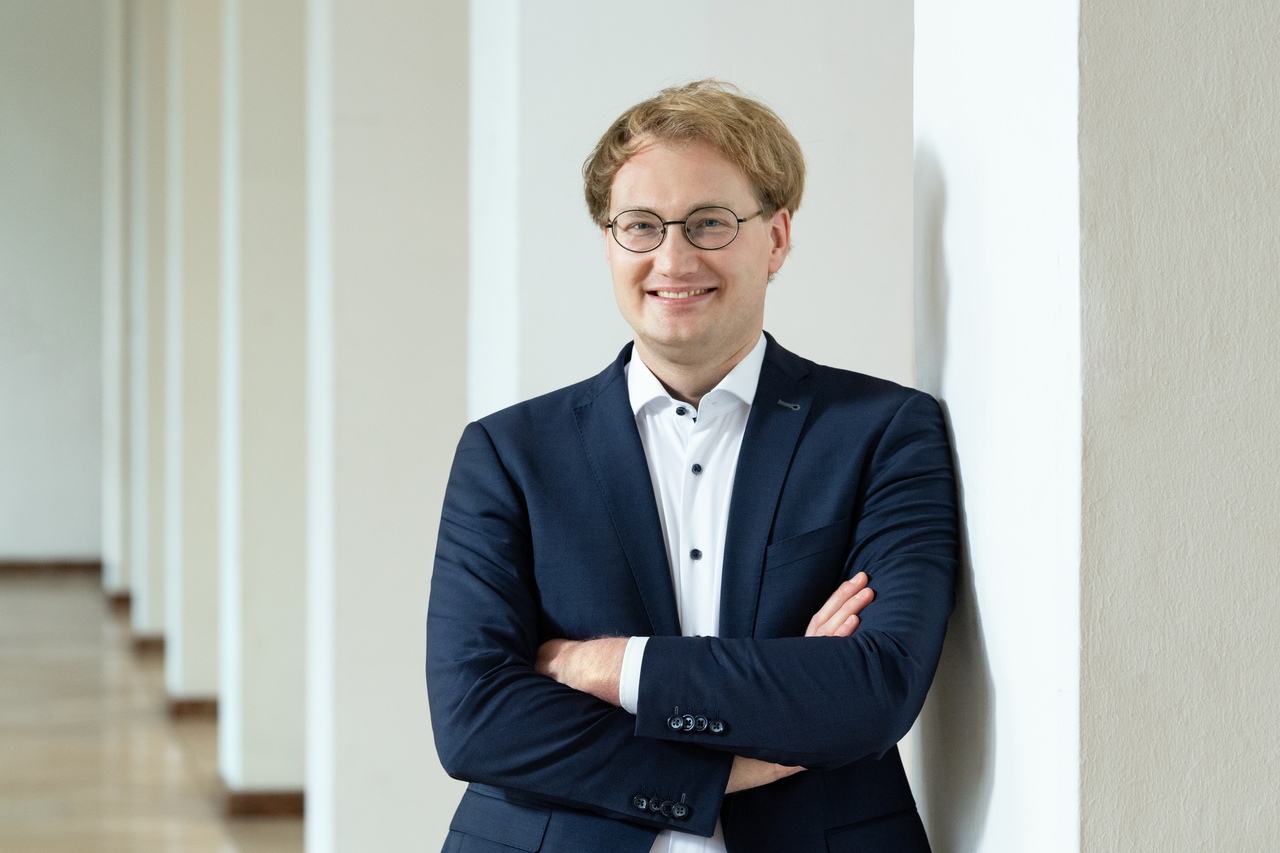Keynotes
We are pleased to announce that Austrochip 2024 will feature two keynotes, which will take place on September 26. Thanks a lot to our speakers for sharing their insights and expertise with our audience.
- Semiconductor Reliability: Future Trends, Challenges, and Opportunities by Ben Kaczer
- 2D Materials for Quantum Space Applications by Tobias Vogl
Keynote 1
Semiconductor Reliability: Future Trends, Challenges, and Opportunities
The presence of non-idealities and defects in VLSI technologies is an immutable reality, which, however, is often overlooked by device engineers, researchers, technologists, and designers alike. I will argue that VLSI reliability, in fact, “makes or breaks” any new technology. Superficial device reliability optimization is possible using phenomenological observations only, but I will argue that solid physical foundations and a thorough understanding of the underlying degradation mechanisms are essential both for truly dependable lifetime projections and for novel device pathfinding. Based on the detailed investigation of gate oxide defects, our “defect engineering” approach enables, among other things, oxidation techniques for advanced VLSI architectures. In deeply scaled devices, degradation mechanisms can be decomposed down to individual defects, with each defect measured separately. Such knowledge then allows us, e.g., to model the degradation statistics of deeply-scaled devices and to predict the likelihood of their failure. Robust degradation models enable us to project wider safe operating areas, which in turn allow us to design better-performing circuitry at a given technology node and thus limit costs. Moreover, the ubiquitous presence of defects can be, in fact, embraced, and the in-depth knowledge of defect properties can be used to our advantage to design new devices and applications, ranging from tamper-aware chip ageing monitors to physically unclonable functions and reservoir computing to identify users.

About Ben Kaczer
Dr. Ben Kaczer is a Scientific Director in the FEOL reliability group (DRE) at imec. Dr. Kaczer received the M.S. degree in Physical Electronics from Charles University, Prague, in 1992 and the M.S. and Ph.D. degrees in Physics from The Ohio State University, in 1996 and 1998, respectively. In 1998 he joined the reliability group of imec, Leuven, Belgium, where his activities have included the research of the degradation phenomena and reliability assessment of SiO2, SiON, high-k, and ferroelectric films, planar and multiple-gate FETs, circuits, and characterization of Ge, SiGe, III-V, MIM, and TMD devices.
He has co-authored more than 600 journal and conference papers and 4 patent groups related to device and circuit reliability, presented a number of invited papers and tutorials, and received and co-received 6 IEEE International Reliability Physics Symposium (IRPS) Best and Outstanding Paper Awards, 2 IEEE IPFA Best Paper Awards, and the 2011 IEEE EDS Paul Rappaport Award.
Dr. Kaczer has served twice as the chair of the Characterization, Reliability and Yield subcommittee of the International Electron Device Meeting (IEDM; 2007 and 2015) and as a member of various subcommittees of the IRPS (2002—2016) and is currently serving as a member of IRPS management committee (2018—). He was the General Chair of the Semiconductor Interfaces Specialists Conference (SISC; 2006) and continues to act as the conference secretary (2007—). He co-organized the INFOS conference (2005), and served on the INFOS, WoDiM, IPFA, and ICICDT conference committees. He has served on the Editorial Board of IEEE Journal of Transaction of Electron Devices for three terms (2011—2019).

Keynote 2
2D Materials for Quantum Space Applications
Modern (asymmetric) encryptions are based on unproven mathematical assumptions such as the complexity of the factorization problem. Quantum computers will be able to efficiently break these encryptions, making internet connections insecure. One of the replacement candidates is quantum key distribution (QKD), where the information is encoded in single photon states of light. Due to the fundamental laws of quantum physics, any eavesdropping attempt would be immediately revealed.
For QKD to work in the field, one needs to generate single photons and transmit them over long distances. In this talk, I will present our efforts in realizing a compact room temperature single photon source based on a color center in the 2D material hexagonal boron nitride. The performance is sufficient to outperform laser-based QKD protocols. The emitter is directly coupled to a photonic integrated circuit that routes the single photons to different experiments. The payload is currently being integrated on a 3U CubeSat and will be launched in 2025 as part of the QUICK3 mission. A constellation of small satellites equipped with the technology developed in QUICK3 could serve as a backbone for a satellite-based quantum internet. Moreover, 2D materials can also be used to build radiation-tolerant and ultra-low weight electronics or opto-electronics and have been qualified by us for use on satellites.
Performance of 2D material-based devices for space applications. (a) Simulation of the radiation environment in LEO at 500 km altitude. Licensed under CC BY 4.0 (Ref. [1]) (b) Quantum emitter array in hexagonal boron nitride (hBN) for satellite-based quantum communication. Reprinted (adapted) with permission (Ref. [2]). Copyright 2024, American Chemical Society. (c) Atomically-thin field-effect transistor (FET) for light-weight satellite electronics. Licensed under CC BY 4.0 (Ref. [1]) (d) Performance of the hBN emitter for space-to-ground scenarios in daylight conditions (red dots). Licensed under CC BY 4.0 (Ref. [3]) (e) Performance of the 2D-FET before and after space qualification. Licensed under CC BY 4.0 (Ref. [1]).
[1] Nat. Commun. 10, 1202 (2019)
[2] ACS Nano 18, 5270-5281 (2024)
[3] APL Quantum 1, 016113 (2024)
About Tobias Vogl
Tobias Vogl studied physics at the University of Munich. For the PhD he moved to the Australian National University, where he developed processes around quantum emitters in the 2D material hexagonal boron nitride. These quantum emitters were further advanced and brought into applications during postdoc positions at the University of Cambridge and the University of Jena. In 2022 he started his own junior research group at the University of Jena and was shortly afterwards appointed as one of the youngest permanent Professors in Germany at the Technical University of Munich. He is also the coordinator of the QUICK3 space mission and received several research prizes.

Photo ©: Uli Benz / Technische Universität München